With the continuous development of the metal processing industry, there are various metal fabrication techniques available today. Sheet metal processing, as a relatively niche field, plays an essential role in the production of equipment, yet the process itself is not well-known. Sheet metal bending structure is a widely used and practical part of sheet metal fabrication, applied in the fabrication of products like the curved roof panels of cars, curved water kettles, and rain shelters. Despite its significance, sheet metal bending is one of the most challenging aspects of sheet metal processing. A comprehensive understanding of this process is crucial for its effective utilization in the future.
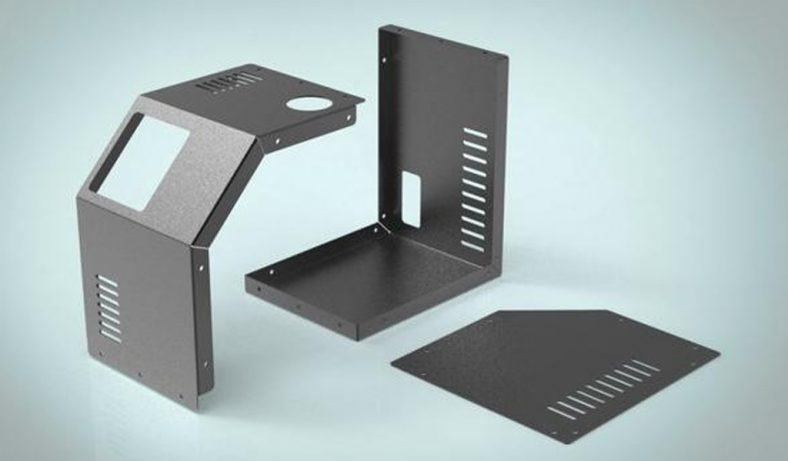
Definition and Processing of Bent Parts
What are bent parts?
In our production and daily life, many products and devices do not have a simple linear design, requiring structures with a certain degree of curvature for connection. Bending technology was initially applied to sheet fabrication and is a fundamental form of sheet metal fabrication. Bent parts refer to the components in the sheet bending structural process, and regardless of differences in size and shape, every basic processed part is collectively known as a bent part.
Process Holes, Process Grooves, and Notches
There are numerous factors influencing the design of the bending structure processing of sheet metal, but three factors have the most significant impact on workpiece production: process holes, process grooves, and notches. Improper design of any of these three factors may lead to material deformation within the bending range or the occurrence of cracks, elongation, and width changes in the material. Regarding process holes, their design should be in line with practical applications, ensuring both adaptability and solidity of the workpiece. However, from a modern aesthetic perspective, the processing of process holes also emphasizes the overall coordination and aesthetics of the workpiece.
Typically, there is a data template for process hole processing. For sheet thicknesses below 1.2 millimeters, process holes can generally be ignored.For a sheet thickness of 1.5 millimeters, the process hole diameter is generally 3.2 millimeters, for thicknesses of 2 and 2.5 millimeters, the process hole diameter is generally 3.5 millimeters, and for a thickness of three millimeters, the process hole diameter is generally 4.8 millimeters.
As for process grooves, the embedded bend curvature generally needs to be determined according to relevant formulas, while also ensuring the aesthetic appeal of the process groove to avoid discomfort.Notch design in the bending structure of sheet metal has its unique design methods and requirements.
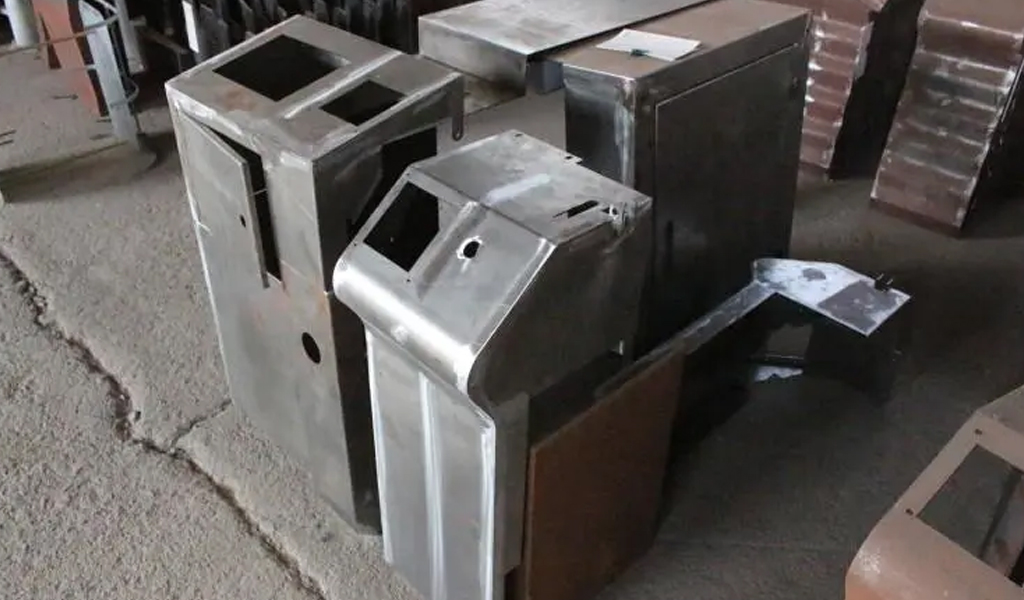
When the sheet metal material has an embedded bend edge, the notch bending length must be greater than or equal to the sum of the sheet thickness, bending radius, and half of the process groove or notch width. The distance from the hole edge to the center of the bending radius should not exceed ten millimeters. This design approach has almost become a formula in processing and is derived from continuous practical research by people.
Research on Sheet Metal Bending Structural Process Algorithms
For sheet metal bending structural processing, many components have corresponding algorithms for proportional design and requirements, as mentioned earlier for process holes, process grooves, and notches. In addition to these, sheet metal bending structural processing has algorithmic requirements for various aspects. The most crucial aspect of sheet metal bending structural processing is the bending of the sheet metal material, which generally involves the first bend, second bend, and third bend.

Different algorithms are set for the bending processing of sheet metal with different bend structures, and bends are closely related to notches. Based on the first bend, the curvature of subsequent bends is related and influenced by it. The minimum height of the first bend should generally be greater than or equal to the ratio of the notch width to twice the bending angle. If the proportion is inappropriate, it can lead to deformation or insufficient curvature of the bend, directly affecting the processing of the workpiece and causing processing failure. After strict proportional setting of the first bend, the height of the second bend should be greater than the height of the first bend, the blade size of the second bend should be larger than that of the first bend, and the angles of the two bends should not exceed 45 degrees.
The height of the third bend should also be greater than that of the second bend. Therefore, bending processing is a complex task, and the more bends there are, the higher the operational requirements. If one bend does not meet the proportional setting, the integrity of the workpiece will be compromised. The bending radius also has corresponding data requirements. The smaller the bending radius, the greater the tensile force the workpiece will experience. If the proportion of the bending radius is incorrect, the processed parts cannot have good stability. Generally, for sheet metal thickness of 0.4 millimeters, the minimum bending radius is 8 to 10 millimeters; for a thickness of 0.5 millimeters, the minimum bending radius is 15 to 20 millimeters; for a thickness of 0.6 millimeters, the minimum bending radius is 25 to 30 millimeters; for a thickness of one millimeter, the minimum bending radius is 45 to 50 millimeters; and for a thickness of 1.5 millimeters, the minimum bending radius is 55 to 60 millimeters.
For the bending part, if there are holes near its bending line, the design requirements need to ensure that the holes are outside the bending deformation area to prevent deformation during bending. The distance from the hole edge to the center of the bending radius has the following requirements: for a circular hole, if the sheet metal thickness is less than 2 millimeters, the distance from the center of the circular hole to the bending radius should be greater than the sheet metal thickness; if the sheet metal thickness is greater than 2 millimeters, the distance from the center of the hole to the bending radius should be greater than twice the sheet metal thickness.
For a square hole, according to its relevant measurement data, each side of the hole should be greater than 2.5 to 3 times the thickness of the plate to ensure that the hole does not deform. To make the parts of sheet metal bending processing aesthetically pleasing, there are also data requirements for the design of corner decorative features. For sheet metal thicknesses of 1 to 1.2 millimeters, corner decorative features are generally not needed; for a thickness of 1.5 millimeters, the diameter of corner decorative features is generally 3.2 millimeters; for thicknesses of 2 to 2.5 millimeters, the diameter of corner decorative features is generally 3.5 millimeters; for a thickness of three millimeters, the diameter of corner decorative features is 4.8 millimeters.
Conclusion
The bending structural processing technology of sheet metal is a challenging aspect of sheet metal processing, with many data requirements and high equipment demands. However, the curved workpieces obtained from sheet metal bending structural processing have a wide range of applications in our daily lives, with significant market demand. Therefore, we need to pay more attention to the bending processing technology of sheet metal, enhance the craftsmanship of product design, and continuously update molds to ensure both cost reduction and the quality of workpieces. We must continually explore this technology, introduce advanced concepts, and strive for better development of sheet metal processing technology in our country.
The Detail Of BE-CU Sheet Metal Company
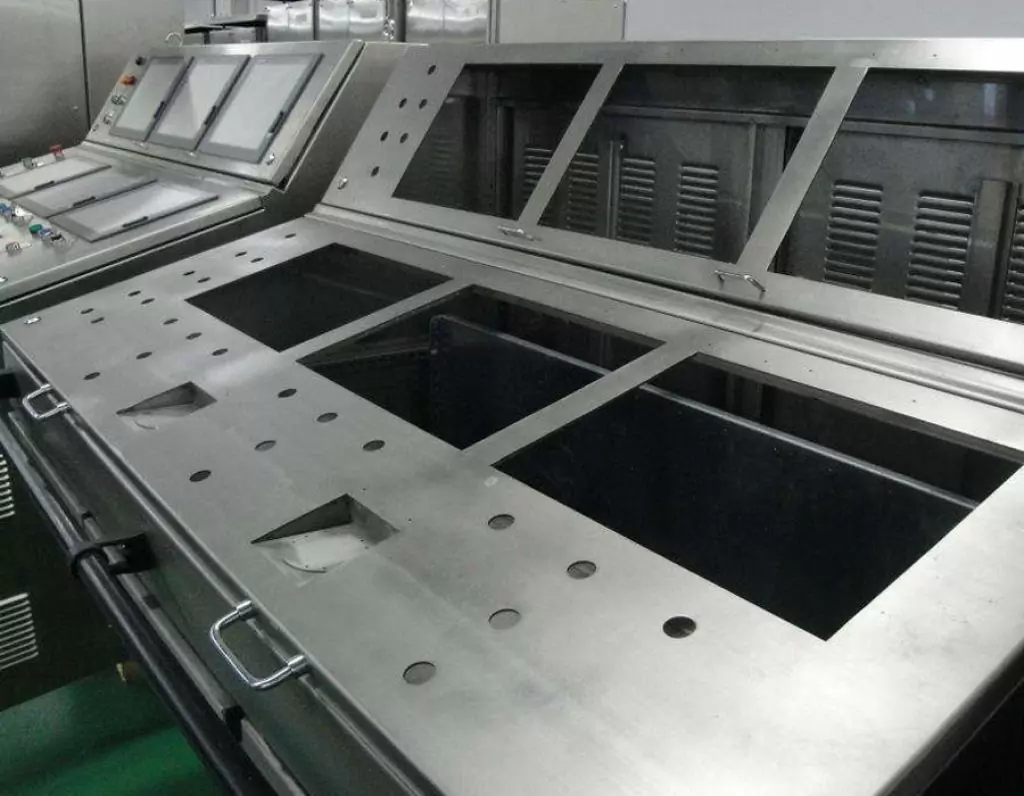
BE-CU is a professional and technical enterprise engaged in sheet metal fabrication, with over 2000 m2 sheet metal workshop and has one-stop service of industrial automation R&D, production, processing and sales.Custom manufacturer of sheet metal component assemblies made from stainless steel, aluminum and carbon steel. Offered in different specifications and features.Markets served include aerospace, lighting, medical, defense, semiconductor/electronics, capacitor, chemical processing and energy.Capable of maintaining dimensional tolerance up to +/-0.005 in. Capabilities include contract manufacturing, fabrication, machining, bending, milling, cutting, forming, drilling, fitting, assembly, notching, punching, rolling, turning, CNC press braking, flame and high definition plasma cutting, saw cutting, shearing, prototyping, high volume, short run and long run production and MIG, TIG and arc welding. Secondary services include Blanchard grinding, galvanizing and painting.
-
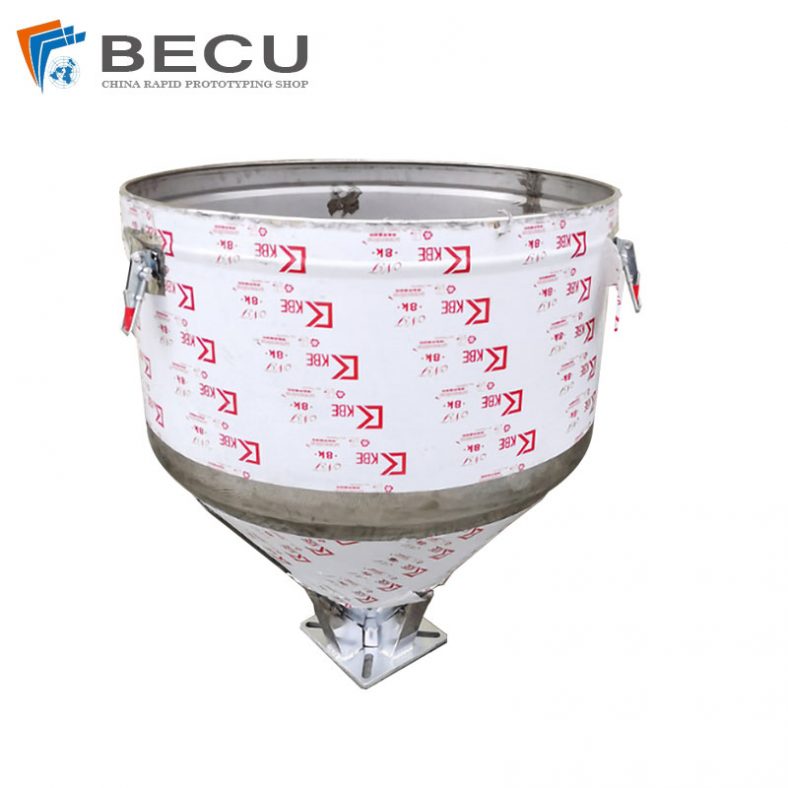
Sheet Metal Fabrication Injection Molding Machine Hopper
-
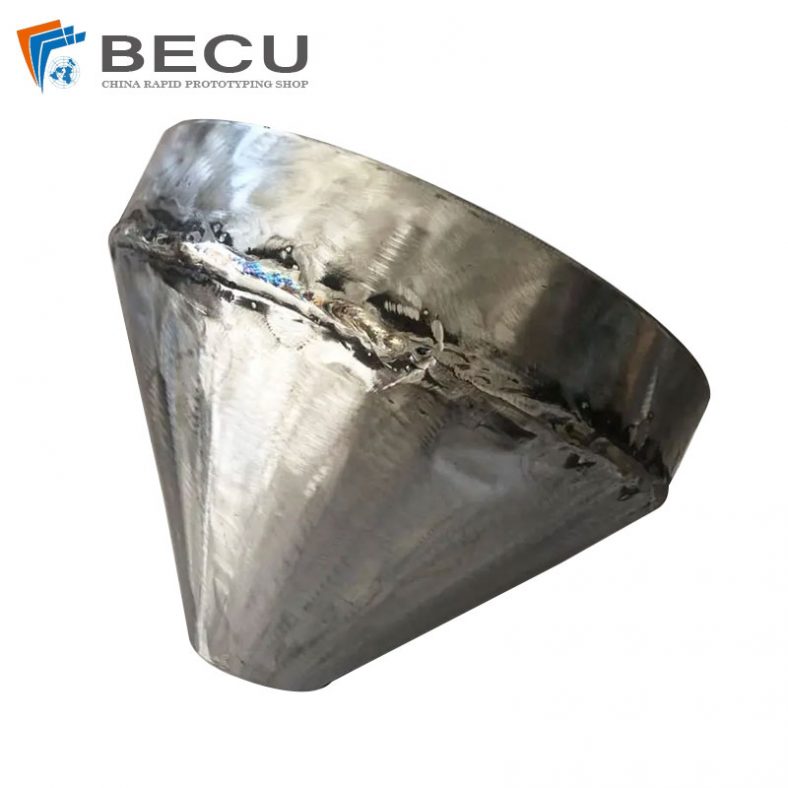
Sheet Metal Fabrication Funnel For Agricultural Machinery
-
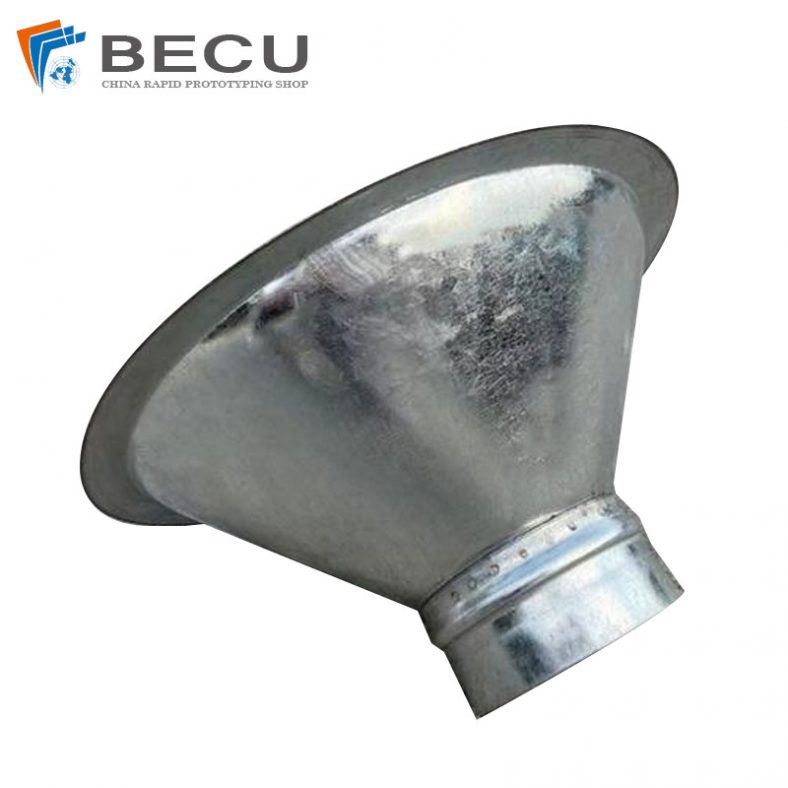
Sheet Metal Fabrication Galvanized Spiral Air Duct
-

PCS Fan Ductwork Sheet Metal Housing
-
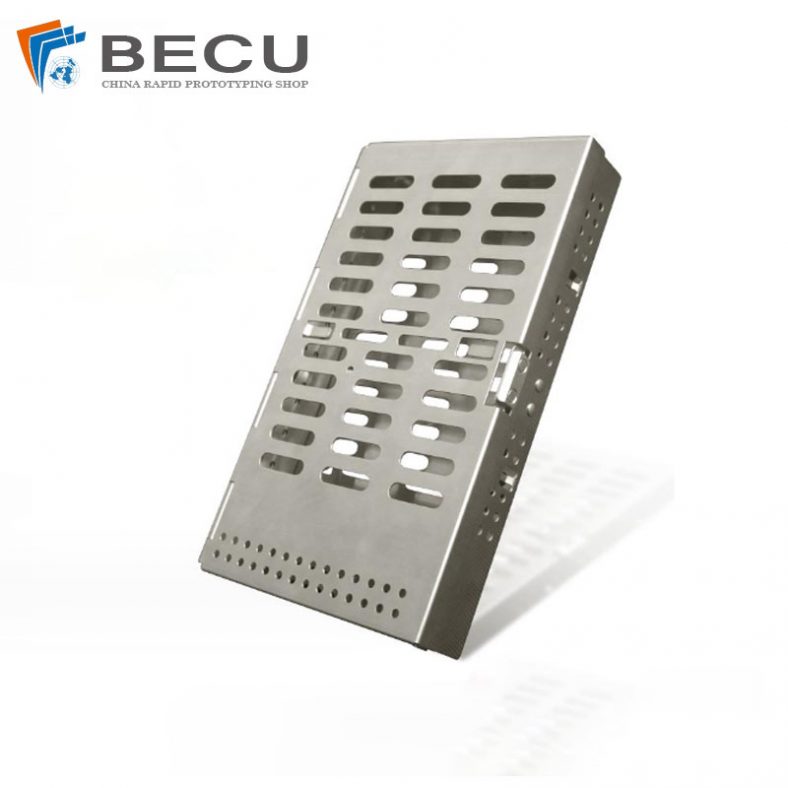
Custom Sheet Metal Surgical Instrument Sterilization Box For Beauty Salon
-

Precision Fabrication Green Energy EV Charging Station Cabinet
-

TA1TA2 Alloy Sheet Metal Manufacturing Machinery Support Parts
-

Sheet Metal Fabrication Aluminum 5052 Medical Box For Fire Fighting
